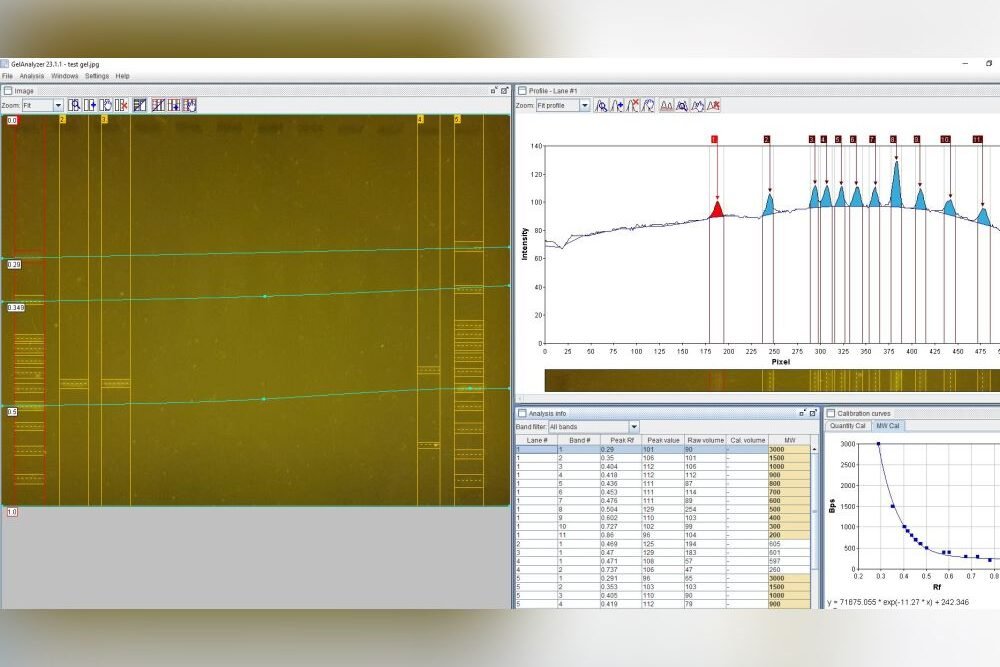Hey PCR enthusiasts,
Here are some updates from Bento Lab!
Methods and Techniques
Using Blocking Primers to Block Unwanted DNA Targets
Did you know that you could use modified primers (“blocking primers”) to block PCR for specific unwanted DNA targets, for example human DNA in eDNA surveys?
Blocking primers are oligonucleotides (short single strands of DNA) that have been modified to prevent amplification after they bind to their target binding regions. One common modification is the addition of three carbon atoms at the 3’ end of the primer (a C3 spacer modification), but several other blocking modifications have also been developed. Blocking primers can be designed to be specific to a particular unwanted DNA target, such as human DNA in eDNA surveys, and used to block amplification of these targets by various mechanisms.
One blocking approach is to design annealing-blocking primers that are specific to the unwanted DNA but also overlap with the binding site of the normal primers. This means that they actively compete with the normal primers for the unwanted DNA templates and can prevent all or most of the normal primers annealing if used in a high enough concentration.
A second approach is to design specific blocking primers for a region downstream of the binding site of the normal primer, thereby preventing further extension by the polymerase during PCR.
Blocking primers are usually added in a very high concentration compared to normal primers (e.g. 10x the concentration) to ensure good competition for binding sites on unwanted DNA fragments.
A good illustration and explanation of the use of blocking primers can be found in a study by Vestheim & Jarman (2008), investigating the diet of Antarctic krill from DNA in krill stomachs, where blocking primers allowed the amplification of a wide range of algal DNA regions with almost no krill DNA detected. Another example is in a study by Bourret et al. (2021) involving the metabarcoding of bird parasites, where blocking primers allowed the amplification of many different parasites including helminths, ciliates, bacteria, and fungi.
Blocking primers are only sometimes the best solution, however, as they can impact what is detected beyond the intended blocked DNA. For example, Zhang et al. (2020) found blocking primers for human DNA also reduced the number of fish species detected during an eDNA survey.
Product Highlight
HOT FIREPol® Blend Master Mix Ready to Load
If your PCRs suffer from non-specific amplification during room temperature set-up and you can’t easily set reactions up on ice, you may want to consider using a hot-start mastermix that only activates when thermal cycling begins.
We recommend HOT FIREPol® Blend Master Mix Ready to Load! It’s an optimised ready-to-use PCR master mix for more demanding applications, containing:
- A proofreading enzyme to achieve higher fidelity (up to 5x that of standard Taq polymerase)
- Bovine serum albumin to help deal with PCR inhibitors
- A ready-to-load formulation to save time and reduce contamination when loading gels
It’s cost-effective at only $0.34 per 20 µL reaction (when bought in 1 mL volumes), and it’s ideal for both laboratory and fieldwork use because the mastermix is specifically designed to allow up to a month of room temperature storage while retaining full performance. We also sell it in smaller volumes that may be more convenient for smaller projects or fieldwork.
Software and Applications
Primer-BLAST
Primer-BLAST is a great free online tool that anyone wanting to design or test primers should know about.
It’s a very popular and highly cited web tool created at NCBI to help people design primers and check for specificity against publicly accessible DNA sequences held in GenBank.
A few great things about Primer-BLAST are that:
- You can get started with a single reference sequence
- It can suggest primers for you
- It can flag up unintended matches within any taxonomic grouping
- It can check your primers for specificity against publicly accessible DNA sequences, even if the primers are designed elsewhere
A note of caution however: designing good primers can be complicated, so it’s best to use Primer-BLAST as one of several primer design tools and not to rely on it exclusively. There may be better ways to get to the primers you need.
Other primer design methods include using multiple sequence alignments to visually spot sequence-specific motifs and polymorphisms, or designing primers around single nucleotide polymorphisms for PCR assays such as ARMS-PCR.
You can find out more about Primer-BLAST here:
And you can find the web portal for Primer-BLAST here.



